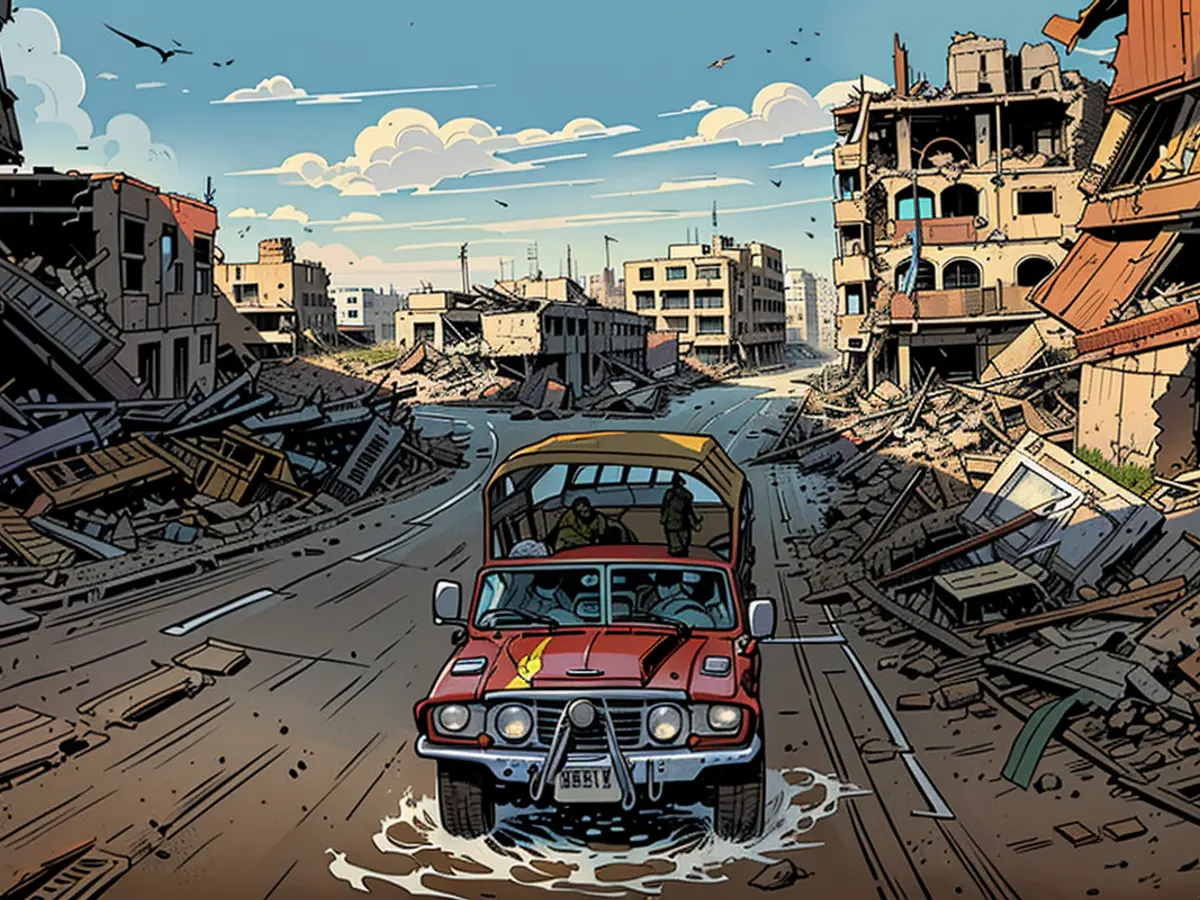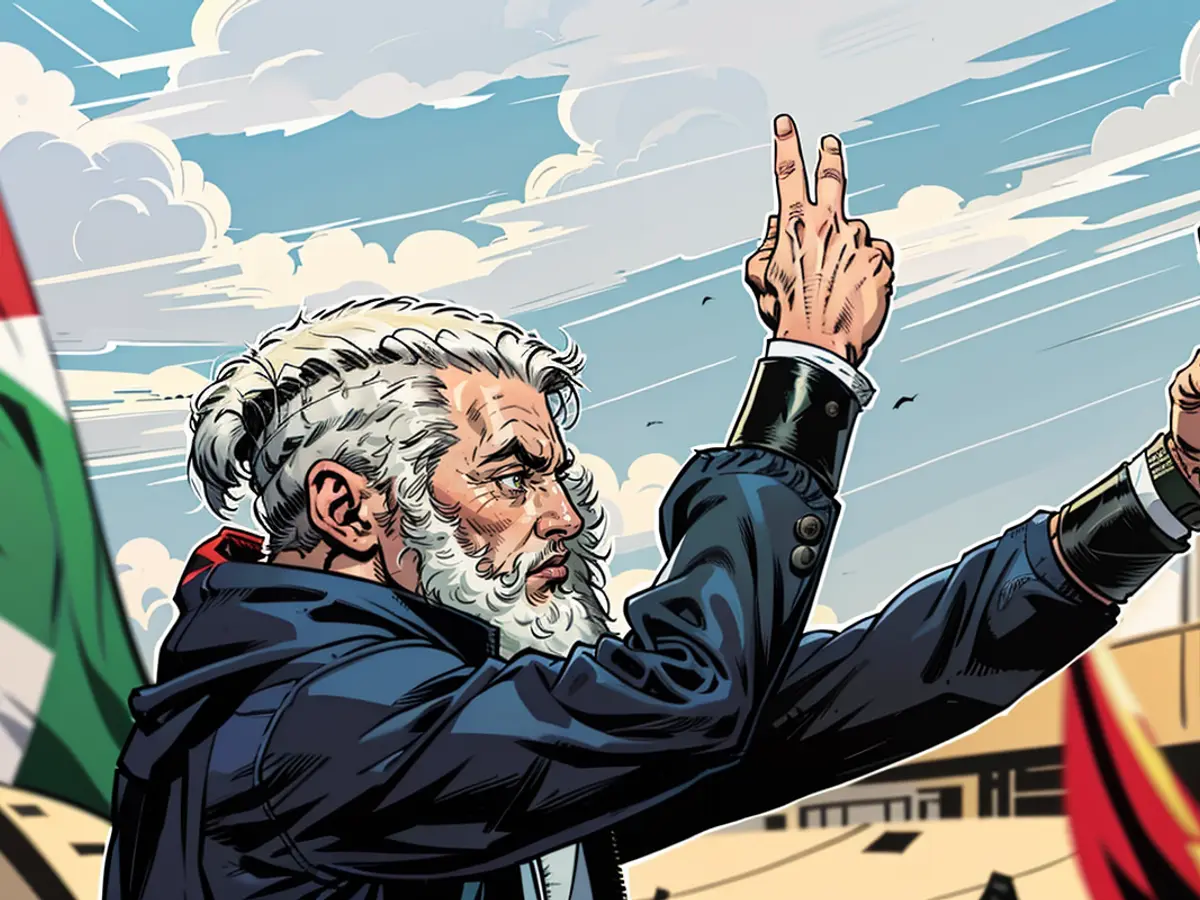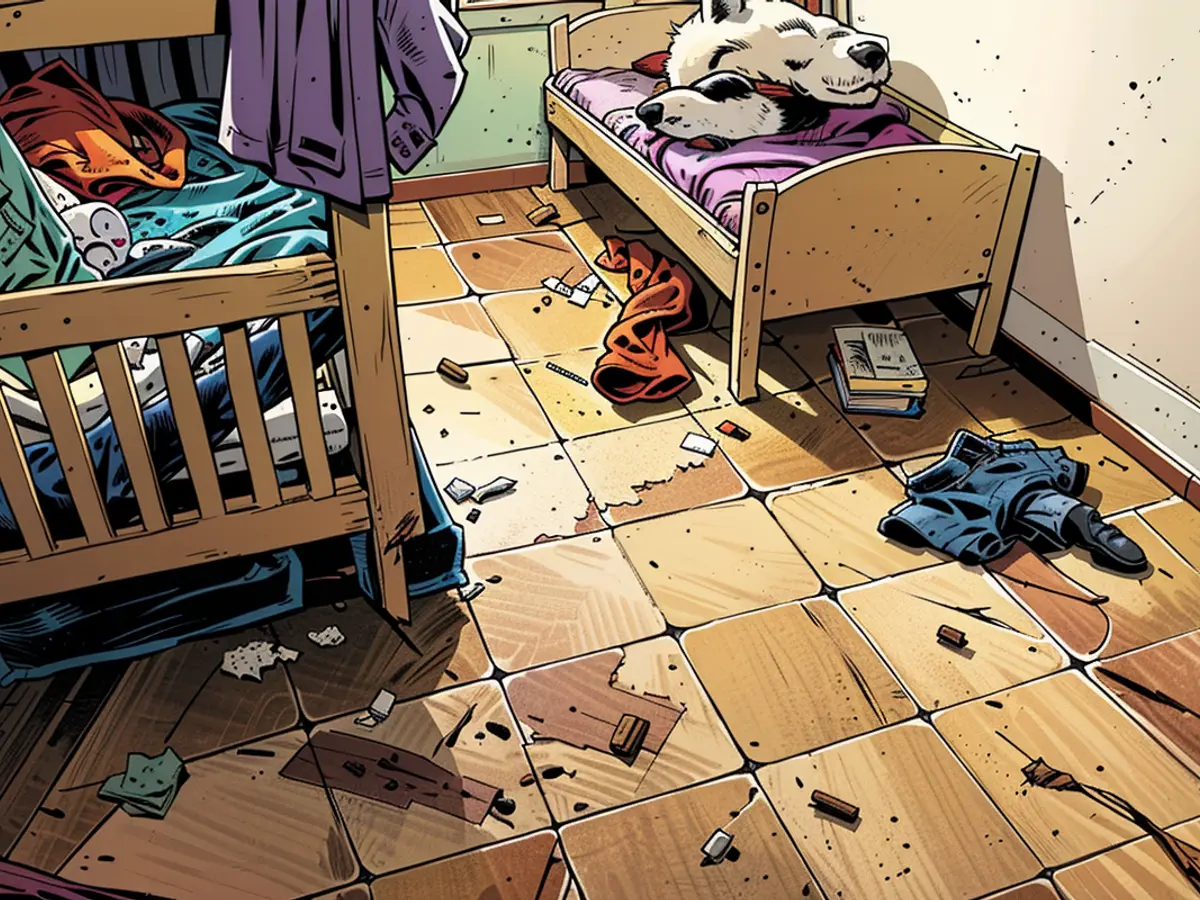The excess of harsh visuals has become tiresome.
Around a year ago, the extremist group Hamas initiated an assault on Israel, leading to a disturbing deluge of pictures that have left the world in shock. On October 7, 2023, the media is bombarded with images depicting inhumane atrocities, such as a half-naked woman, facedown with contorted limbs on a white pickup truck, surrounded by ecstatic men wielding heavy weaponry. Footage shows individuals being dragged onto different vehicles, while they scream, cry, and bleed. Later, images of decimated homes, burnt corpses, and beheaded victims emerge.
Just over a year ago, Hamas launched an offensive against Israel. Innocent lives were claimed at the Nova Festival and in the southern kibbutzim, while hostages were transported to the Gaza Strip. Unimaginable incidents of sexual assault, amputations, destruction took place, all documented by the perpetrators.
Since then, a conflict between Israel and Hamas has raged on, resulting in a constant barrage of horrifying images. Wrecked streets and medical facilities shatter the tranquility, while underground tunnels built by Hamas beneath Gaza reveal a chilling reality. Desperate individuals are forced to flee their homes multiple times, and are left starving or dead.
These searing images stir up not only abhorrence worldwide, but also anger, often directed towards Israel's military operations in Gaza. New visuals emerge on the streets and colleges: students and Muslims chanting "Free Palestine." These demonstrations quickly escalate, promoting a tide of anti-Semitic acts. Jewish students face physical attacks while attempting to enter educational institutions in Europe and the United States, Jewish establishments are vandalized, and individuals who speak out against anti-Semitism are assaulted.
From Israel, creeping violence in the West Bank surfaces again, as settlers target the Palestinian civilian population. Simultaneously, hundreds of thousands of Israelis peacefully protest each week for the liberation of hostages, a truce, and to challenge their own government. However, the paucity of subsequent images of released hostages leaves the first released images as the pinnacle of hope. Israeli police frequently use excessive force to disperse the peaceful demonstrators.

This is the landscape of escalating violence
As the globe's fascination with these increasingly identical images wanes, the opposing factions of the conflict selectively utilize images that support their causes and mirror their perspectives on the conflict.
Iran intervenes in the conflict, and on the brink of the anniversary, a full-blown war with Lebanon erupts, providing the next set of images. Briefly capturing global interest are visuals of exploding drones, a common theme in spy movies. However, these images fade away as the world becomes acclimated to the initial pictures of victims. This is followed by real-time footage of bombing attacks on Lebanon and rocket attacks on Israel.
Image after image emerges. Individuals are compelled to sleep on the streets because of fear. People huddle in bunkers out of fear. Some pictures, of those killed in bombing incidents or terror attacks, fade into obscurity. Saddening images of people dancing, celebrating terror, erode any resemblance of hope for a better life.

Images fuel extremists
The deluge of gruesome images continues to bolster the agenda of totalitarian extremists. These images also leave an indelible mark on everyone exposed to them for a considerable period.
A second year of such horrifying images is unbearable. The region craves peace, but it requires years without such images. Only when ceasefires are enforced, and the chance for a different existence is within reach, can empathy towards the "other" resurface. To achieve lasting peace, entirely new images are needed: of governments and leaders advocating for peace without an extremist agenda or using violence against minorities. Images of reconstruction, secure futures, and prosperity, which have long been painted but remained elusive. Each new hellish image drives this vision further away.
Following the escalation of violence, international bodies such as the United Nations and The Commission have called for an immediate ceasefire. They urge both Israel and Hamas to negotiate a lasting peace agreement, citing the detrimental effects of continued conflict on the civilian population.
In response to the disturbing images emerging from the region, numerous non-governmental organizations (NGOs) have stepped up their efforts to provide aid and support to the displaced and wounded. These organizations, including The Commission, are working tirelessly to offer medical care, food, and shelter to those in need, while also advocating for the protection of human rights.









